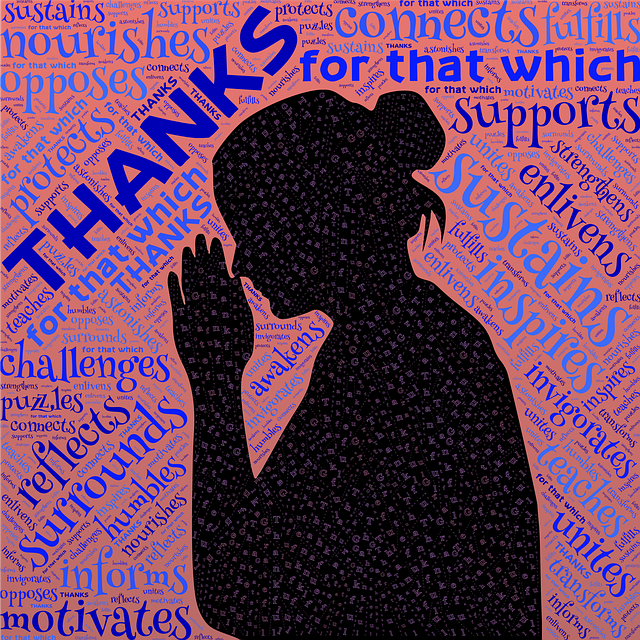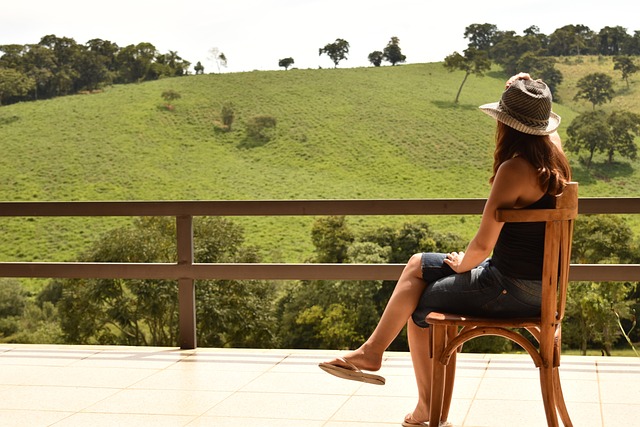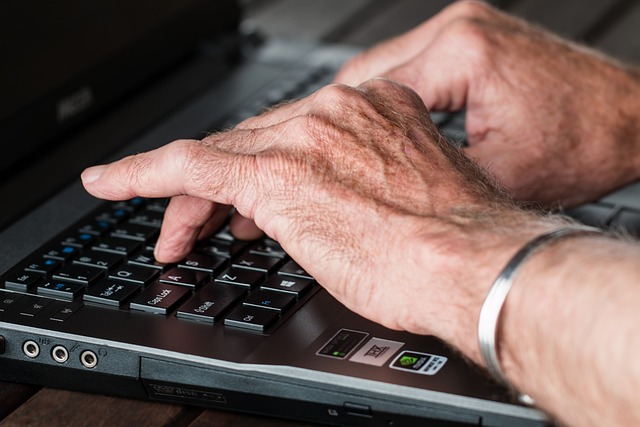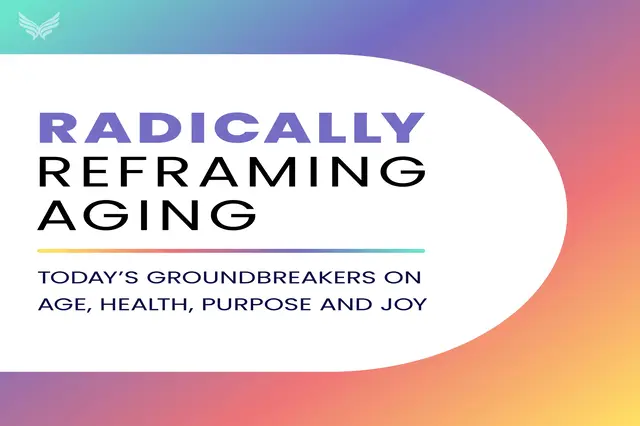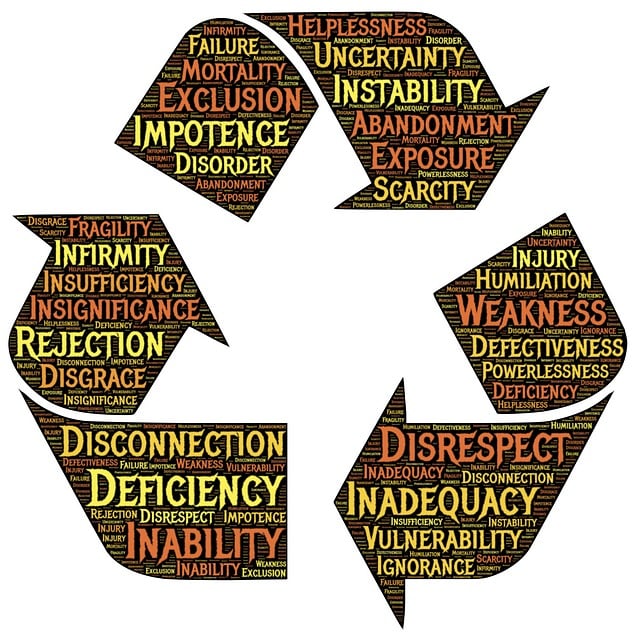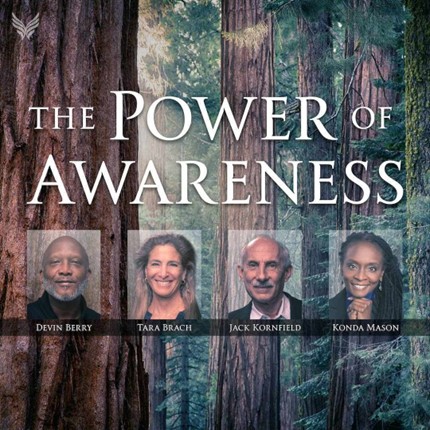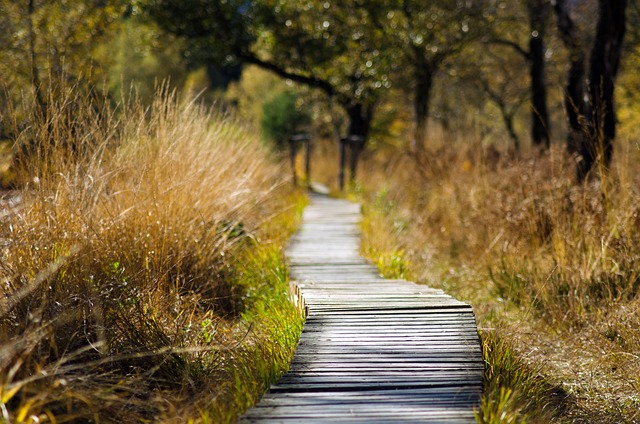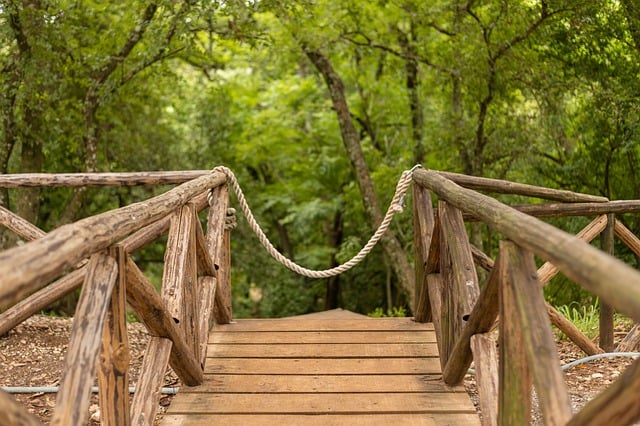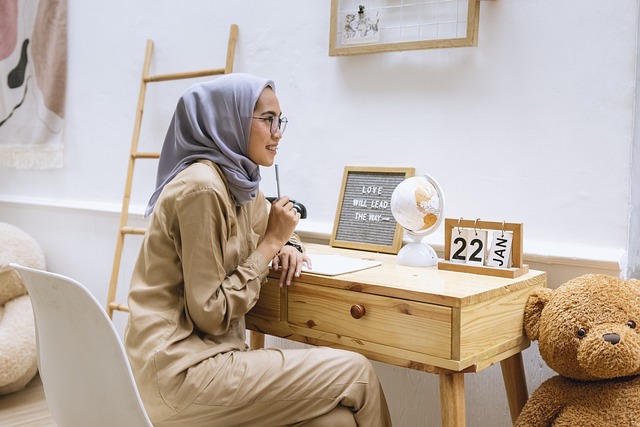There is a story in chronic illness – it’s evolution, it’s manifestation, our proactive attempts to manage it and its resolution (whatever form that takes). Managing chronic illness invariably involves the three “As” – acceptance, accommodation and agency.
Agency refers to our capacity to have some control over our internal and/or external environment. Typically, chronic illness reduces our agency in various areas of our life because it creates some form of disability which can be far reaching or limited in its manifestation in our day-to-day lives. The challenge for people with chronic illness is to limit the loss of agency where possible and increase its presence in other areas of our life.
How to develop agency as a writer with a chronic illness
In a previous post, I discussed ways to develop agency when we are trying to write while having a chronic illness. In that post, I discussed specific strategies relating to writing such as setting your own pace, finding a comfortable location for writing, writing a reflective poem and starting small.
I have developed agency in my own writing despite having MCAS, a chronic disease affecting the immune system. One form of accommodation I have adopted is to reduce my expectations about the frequency with which I produce a blog post. I have also written a series of reflective poems to help me manage the symptoms and feelings associated with MCAS. I have also started a new writing enterprise in the form of a co-authored book on management (now in its first draft stage). I have had to exercise self-compassion with this project because of the setbacks I have experienced during my writing efforts – setbacks such as the bankruptcy of our contracted publisher, the loss of data, the serious illness of my coauthor, and a week-long cyclone and associated anxiety and disruptions.
Developing agency through research and education
In an earlier post when I discussed a holistic approach to MCAS and histamine intolerance, I mentioned the work of Beth O’Hara, FN, a sufferer from multiple chronic illnesses. Beth used her illness to motivate herself to research her own health solutions and to create the Mast Cell 360 facility which offers paid, holistic health interventions as well as free resources. Her research and her own clinical practice highlighted the role of the nervous system in the development and expansion of MCAS.
Beth’s proactive approach to understanding the role of the nervous system in MCAS was to provide a specialised, online course to help MCAS sufferers gain control of their nervous system which is variously dysregulated with MCAS. Her self-help program, Master Class to Reboot the Mast Cell Nervous System, gives sufferers some degree of agency over their own health improvement.
Through this Reboot Course I came to better understand the components of the nervous system and how the nervous system interacts with other systems of the body (e.g. the digestive system). The Roadmap incorporated in the course gave me insight into the vagal nervous system, factors impacting it and manifestations of damage to the vagal nerves. More importantly, the Roadmap provides strategies to address vagal nerve excitation based on the level involved. In other words, through this Reboot Course I have a way of exercising agency over my own nervous system and its level of excitation. This provides a proactive way of managing the nervous system element of MCAS which according to Beth represents 50% of the recovery protocol.
Typically, a chronic illness will have a pattern – good days, bad days; good periods, bad periods (of variable duration). Once we understand the pattern of our chronic illness (how it manifests itself from day to day), we can exercise agency by utilising the “good” times to undertake what we consider to be important and productive. This can involve writing prose or poetry, engaging in social work or undertaking part-time employment as Jennifer Crystal did with her part-time teaching while she experienced the difficult aspects of Lyme Disease.
Exercising agency in our recreational activity
Agency can also extend to our recreational activity – we can shape our activities to fit our physical, emotional and/or mental ups and downs. I play social tennis despite having MCAS which often means that my ankles and legs are swollen and I have arthritis in one of the fingers I use to hold a tennis racquet.
I have found that swelling in my ankles reduces my mobility. I find that the lack of mobility is very frustrating as this used to be a strength of my tennis game (I was a champion sprinter during secondary school). Now with the swelling I feel anchored on the spot, not able to accelerate forward.
As the inflammation is caused by sensitivity to some foods and drinks, it is within my control to limit these to reduce the swelling and improve my mobility. This, however, is easier said than done as it severely restricts what I can eat and drink.
Another related area of agency with regard to the quality and enjoyment of my tennis game is undertaking exercise on a daily basis – including walking, a daily exercise routine (designed by my exercise physiologist) and my Tai Chi routine.
I re-learnt recently that most of the power of a tennis shot comes from your legs, not your arms or hands. I was getting very frustrated with the arthritic pain in my fingers which caused me to lose power in my arms and hands. However, I have found that by bending my knees with each shot (as I used to do), I can restrict the pain in my fingers and hands and increase the accuracy and power of my tennis shot.
An added benefit of this form of agency is that by bending my knees I unconsciously activate my body memory so that I can access a wider range of tennis shots than I would normally play without the knee-bending. You only have to watch Grand Slam tennis to see how much players, both male and female, rely on bending their knees to gain power and to play a wide range of tennis shots (some even kneel at times to absorb the power of an opponent’s shot). So the simple act of knee-bending gives me a form of agency that increases both the quality and enjoyment of my social tennis.
Reflection
The challenge with chronic illness is to identify areas for increased agency and to experiment with particular strategies to activate whatever agency we can find in whatever window of opportunity reveals itself. Mindfulness practices such as meditation, conscious breathing, reflection and Tai Chi can help us to be open to opportunities for agency and to act on them. As we grow in mindfulness, we can gain insight, heighten creativity and develop the courage to act on our increased self-awareness.
The story of Lucy, a 13 year old blind girl who is also neurodiverse, is an outstanding example of what is possible when we focus on our strengths rather than our deficits. Lucy is a prodigal pianist who has wowed audiences in places such as Leeds Train Station with her rendition of the extremely complex Chopin piece “Nocturne in B-flat Minor Op.9 No.1”. She competed in a public piano competition with three other gifted pianists who were selected by Lang Lang, world famous pianist who was “speechless” with her performance and chose Lucy as the best of the four pianists.
Lucy achieved agency in the form of her creativity and musicality, playing complex classical pieces for audiences, by utilising her strengths despite her obvious disabilities. She has highly developed hearing and an incredible sense of touch – she learned to play the piano by placing her fingers under the fingers of her piano teacher as he depressed each key. Her sensitivity in playing the classical pieces astounded Lang Lang. She played at the Coronation Concert at Windsor Castle on 7 May 2023. Lucy has since produced a classical piano CD, simply called Lucy – The Album. Lucy’s story and her training through the Amber Trust and her teacher, Daniel, is available on video.
_______________________________________________
Image by yoshitaka2 from Pixabay
By Ron Passfield – Copyright (Creative Commons license, Attribution–Non Commercial–No Derivatives)
Disclosure: If you purchase a product through this site, I may earn a commission which will help to pay for the site, the associated Meetup group and the resources to support the blog.

